Devdutt Pattanaik was a natural choice to be a consultant to the recent television version of the Mahabharata. He is India’s best-selling mythologist and he has a real talent for taking stories from thousands of years ago and making sense of them for Indians today. But Pattanaik says it’s not easy to make studios look at old epics through new eyes.
“They would say we have to show hands getting cut, noses getting chopped, we have to create tension,” recalls Pattanaik. When he’d give his take on a story they would say we love it but our audiences won’t. For example, the story of Shikhandi. Pattanaik says he was really “pissed” when they showed Shikhandi as a woman battling it out instead of using it as a great, even melodramatic, moment to talk about identity. If you believe the Amar Chitra Katha version, Shikhandi was a woman in his past life and man in his present one. In another version he is a eunuch. In yet another he is intersexed.
“But when I actually read the story I realized he was a female to male transsexual,” says Pattanaik.
Shikhandi And Other Tales They Don’t Tell You(Zubaan and Penguin) is Pattanaik’s latest book. They are all stories that take place in the fault lines between our conventional notions of masculinity and feminity. There’s Bhagirath who was born of two women and Urvashi who was born of no woman. Vishnu becomes a woman to enchant the gods and demons while Kali becomes a man to entrance milkmaids.
Pattanaik says he knows some people will complain he is reading modern rainbow-parade ideas of queerness into stories from a very different time and a very different context. When Radha and Krishna exchange each other’s clothes, he says the Bhakti poets say “prem, prem, prem and they will not want to touch the queer side of it.” But as someone interested in gender he has his own questions. “Why is the Lord dressing up in women’s clothes? Why does Ram never dress up in woman’s clothes? Ram is maryada-purushottam and he will never cross the line. But Krishna is leela-purushottam and he will continuously play with the line.”
Western scholars have gotten in trouble for what some feel is an disproportionate focus on the most esoteric nuggets from Hindu lore. Pattanaik says it’s all about “tonality”. “Are you doing it to mock traditions? Or to celebrate existing traditions and take them to another level?” he asks. “I have no desire to thumb my nose at the establishment. But I am saying the establishment itself does not know how wide and vast it is.”
Pattanaik says the debate has become increasingly gladiatorial these days with the Wendy Donigers on one side and the likes of Rajeev Malhotra and Dinanath Batra on the other. He says even friends in the heart of the right wing laugh at Batra’s excesses and regard him as a bit of a cartoon. Wendy Doniger, he argues became more important because Rajiv Malhotra’s single-minded battle against her made her so and in the process Malhotra constructed himself as well. “This is like raktabeej,” he chuckles. “Jitna maarogey utna uthega (the more you chop it down, the more it springs up).I am boring. I am not exciting. No TRPs because of me.”
The new book actually runs counter to all the high-pitched high-decibel battles for the heart of Hinduism. Where those fights want to establish one truth, one viewpoint as the “authentic” and unassailable, Pattanaik looks back at the stories through a refracted lens, acknowledging openly that he is projecting his gaze into the story he is telling. “I don’t believe anyone is objective,” he says.
LGBT Indians might hail a book like this as a work that validates the queerness that has been airbrushed out of history. But Pattanaik cautions those who want to read into the story a sort of golden past where gender variance was embraced. He points out these stories are often about “repeated repeated rejection”. “Shikhandi is the eldest child and she is not made king. Bhishma is rejecting her,” he says. When Indra takes the form of the sage Gautama to seduce his wife Ahalya, the angry sage not only castrates Indra, he also turns poor Ahalya into stone, “to be stepped on by all creatures”. Chudala turns herself into a man to win back her husband because he rejected her and went to the forest to find wisdom.
Greek myths have stories of same-sex love without any element of gender transformation though one could argue a Zeus does not see Ganymede as a man, but as sheer beauty. Be that as it may, Indians have very few “queer” stories that do not involve some kind of gender transformation. One way to read this could be that as a culture, says Pattanaik, “you have to become the other gender to normalize yourself in order to fit in.”
As a shame-based society rather than a guilt-based one, we are more comfortable turning away from what disconcerts us. “The hijra clapping is saying look at me, look at me. We are not willing to look at her. We give her money to go away. Krishna is right there in front of you in women’s clothes striking the tribhanga but you refuse to call him a cross-dresser. You invisiblize the other which is the Indian way of coping.”
That’s why to make the other visible again sometimes you have to spell it out the way these stories do even if some readers will argue the queer subtext is a little tenuous occasionally. “As a writer friend says Indian audiences koBraille lipi mein samajhna padta hai (have to be made to understand in Braille)” laughs Pattanaik. Unlike emotional or even erotic transformation, gender transformation is harder to ignore.
But while it’s one thing to look back at our past and excavate its variety, it’s another thing to look for the validation of 21st century rights in 2,000-year-old stories. “Any form of validation in the past as in because Krishna did it I should do it is a very strange mindset,” warns Pattanaik. “Mythology is never prescriptive and it’s never propaganda but that’s what people continuously want to turn it into.”
He would rather just raise the question and let the reader find the answer. In one of his favourite stories in the book, a Tamil king Kopperumcholan is so moved by the poetry of one Pisiranthiyar he asks his attendant to build a tomb for the poet alongside his own, sure that this man he has never met will want to be buried beside him. “When a friend told me the story I thought ‘Oh, my god, it’s so gay!’ But it’s also not gay at all,” says Pattanaik. “It’s nirguna at so many levels. It’s not about gender. It’s not even about physicality. It really touched me.”
Pattanaik says putting these stories together has actually changed how he looks at life. “All my life I have been told the meaning of bhakti is devotion. But I am now reevaluating that because devotion has a feudal element to it. I am realizing it is tenderness and affection. It is almost a sahanubhuti (empathy) that life is tough and it’s all about enabling people to go through life. I have never heard a story about a prophet who cross dresses or a god who transforms into a woman out of affection for devotee. I’ve never found these stories anywhere else."
Kopperumcholan, the king who wanted a man in the adjacent tomb From the Tamil Purananuru (Reprinted with permission)
When the king, Kopperumcholam, heard the poetry he concluded, “Only this poet understands my life.” When the king’s analysis of his work reached the poet, Pisiranthiyar, he concluded, “Only this king understands my work.”
And so years passed, with the king hearing the poet’s words and the poet hearing the king’s critique. Both felt intimately connected with each other, even though they never met.
Then one day, the king decided it was time for him to die. He had many disagreements with his son and realised the best way to resolve the family quarrels was to simply pass on the throne to the next generation and leave this world. So, giving up all that he possessed, the king walked to the top of the mountain and facing north decided to starve himself to death. He told his attendants, “When you make a tomb, make another tomb next to mine.” When asked why he said, “When my poet friend hears of my departure, he will come to me and want to die and be buried beside me.”
“But you have never met him. How do you know he will come?”
“I know him. And he knows me. He will come.” And the poet did come. And the two friends were buried next to each other.
• This story is part of Tamil Sangam literature that reveals a Southern culture, quite distinct from Northern culture, which celebrated poetry. It speaks of a land ruled by Cholas in the North and Pandyas in the South. It shows strong influence of Jainism as well as Shaivism. • This is a tale of platonic friendship with absolutely no sexual undercurrents. But many will see this as queer love, deeper than the bonds of friendship, which is at once intellectual and emotional. • While cremation is the practice of disposing the dead in India, burial is not unknown especially when the person is deemed a saint. Death by starvation, practiced by many sages, especially Jain sages, makes a man a saint.


)




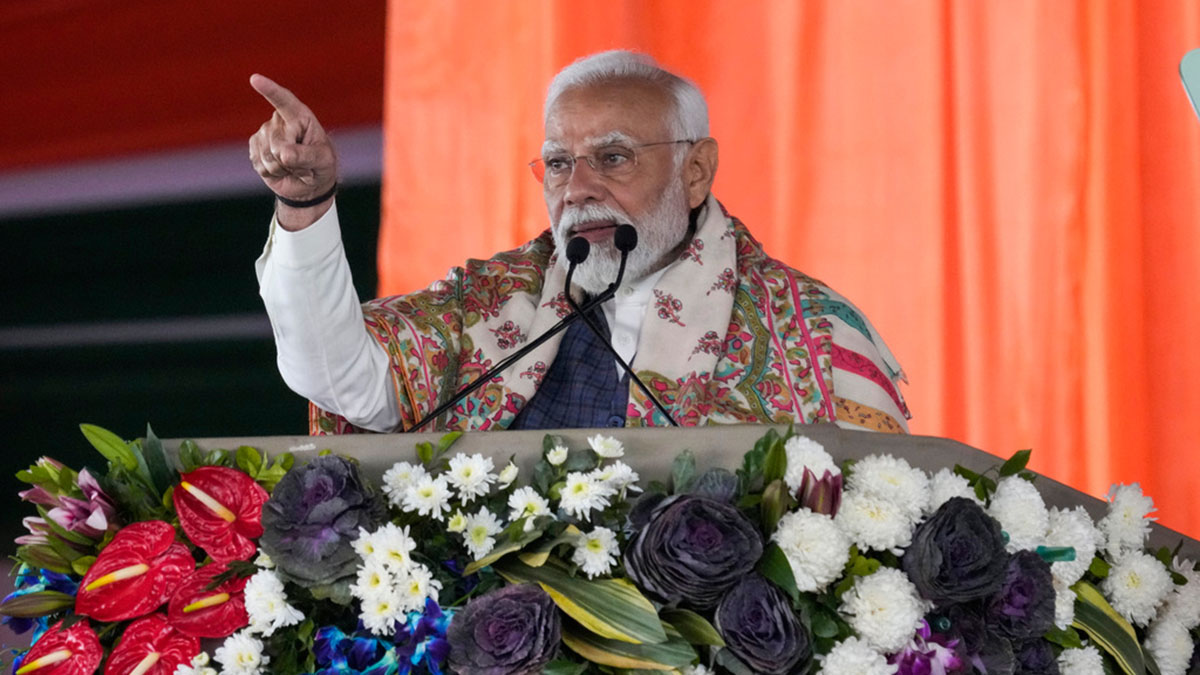)
)
)
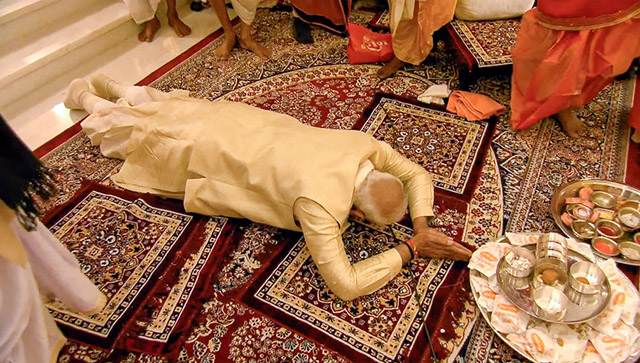)
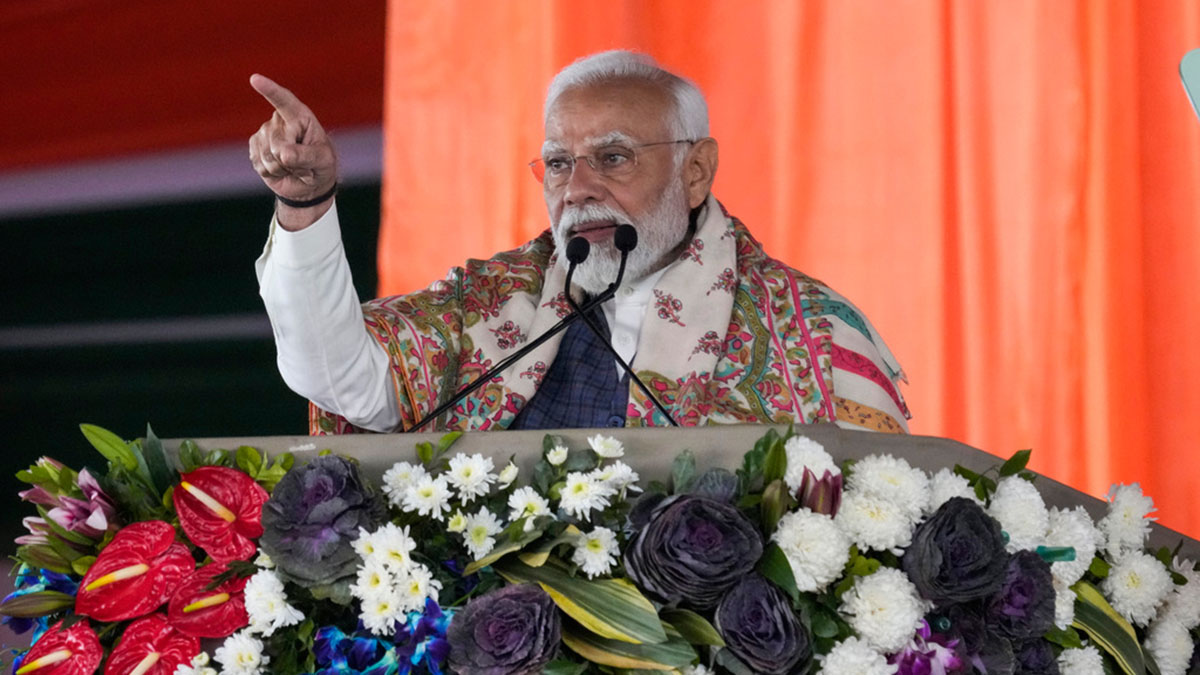)
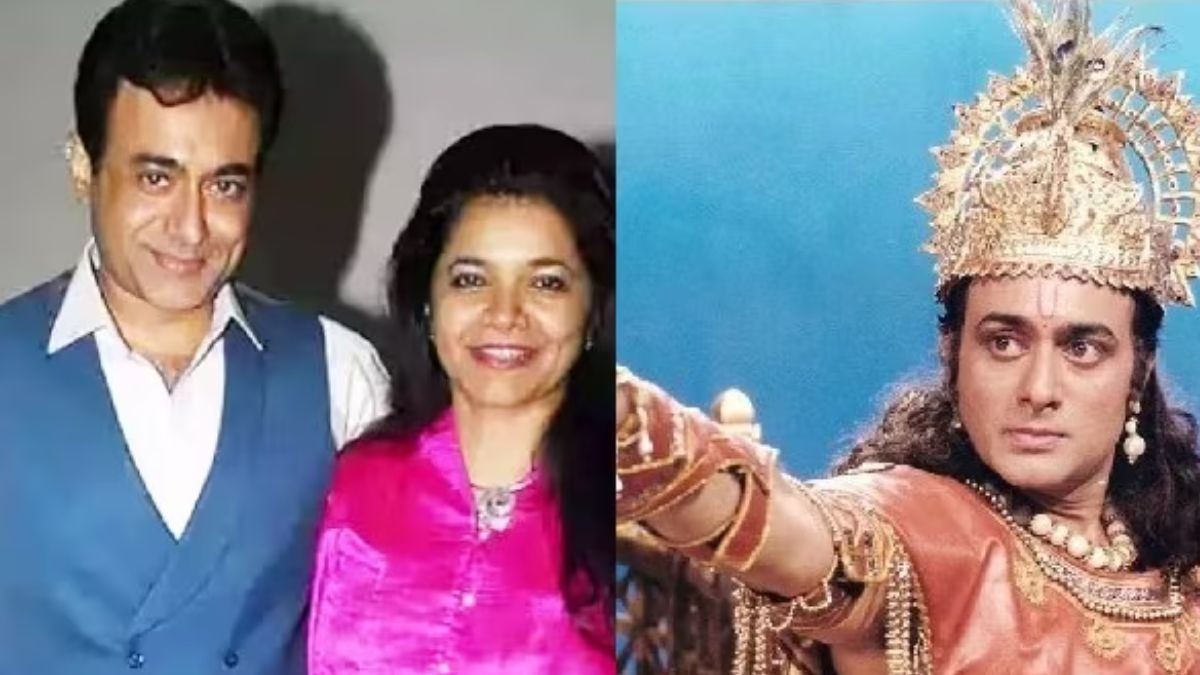)
)
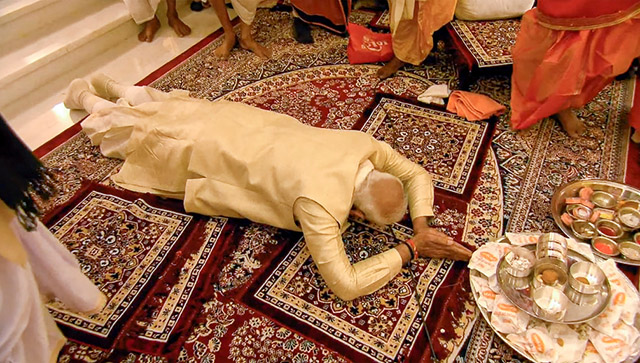)